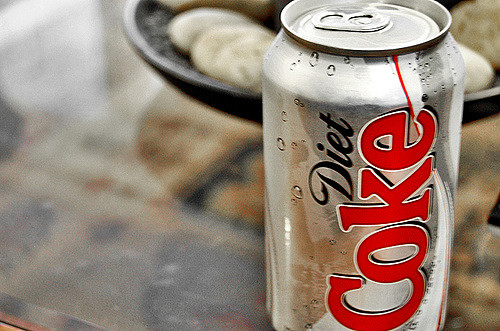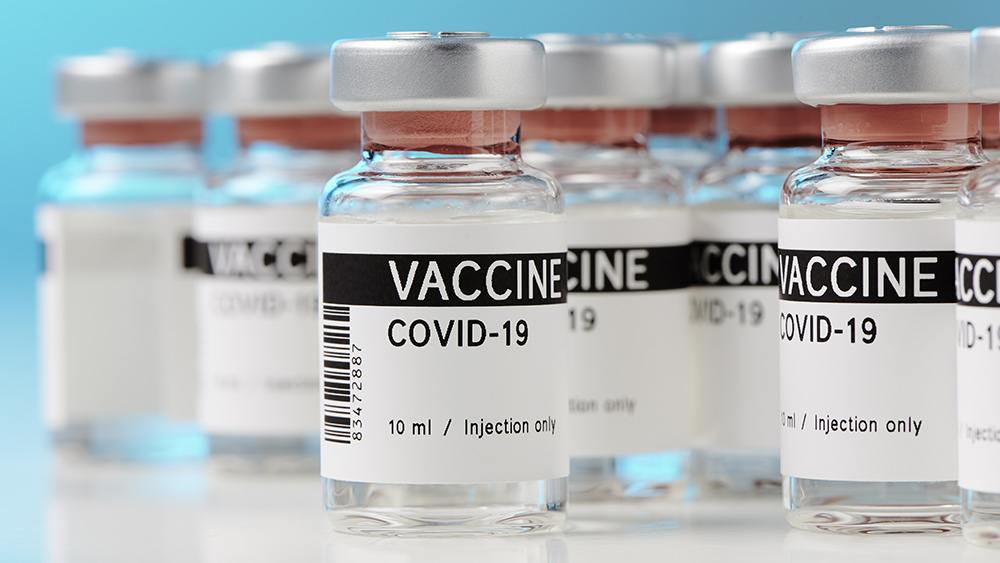Australian researchers use “green and cost-efficient” microscopic nanosprings to break down microplastic pollution
05/14/2020 / By Janine Acero

Plastic waste has unfortunately become ubiquitous in oceans and rivers today, posing a serious environmental hazard to marine creatures, ecosystems and people. In a bid to mitigate the ever-growing pollution of the world’s oceans, researchers from Australia have developed a way to clean water sources of microplastics without harming the microorganisms that live in them.
Using tiny coil-shaped, carbon-based magnets, or “carbon nanosprings,” the researchers aimed to degrade the microplastics into much smaller, innocuous pieces that dissolve in water. Details of their study were published in the journal Matter.
Microplastics are pervasive pollutants. These substances often come from cosmetic products like the exfoliating beads in many facial washes or from larger debris like plastic bottles and food trash littering the beach. Imperceptible to the naked eye, microplastics are essentially too small to be sifted through mechanical water treatment.
What makes microplastics dangerous is that they adsorb organic and metal contaminants as they travel through water, then release these toxic substances into the organisms that consume them, moving up the food chain steadily until they eventually land on someone’s plate.
Senior author Shaobin Wang, a professor of chemical engineering at the University of Adelaide, explains that their carbon nanosprings are “strong and stable enough to break these microplastics down into compounds that do not pose such a threat to the marine ecosystem.” Related: Due to extreme pollution of the world’s oceans, sea anemones are now eating microplastics.)
To degrade the microplastics, Wang and her team needed to generate short-lived chemicals called reactive oxygen species, which trigger chain reactions that can cut the microplastic molecules into tiny, harmless, water-soluble segments. However, these reactive oxygen species are often produced using toxic heavy metals like iron or cobalt, which make them unsuitable for use in an environmental setting.
The solve this problem, the researchers decided to use carbon nanotubes as a greener alternative to the toxic heavy metals. They laced these carbon nanotubes with nitrogen to help generate reactive oxygen species.
Molded like springs, the carbon nanotube catalysts were able to get rid of a substantial portion of microplastics in only eight hours while staying stable themselves in the harsh oxidative conditions required to degrade microplastics. The researchers credited this stability to the nanotubes’ coiled shape, which also maximized their reactive surface area.
The researchers also noted that with the addition of a modest quantity of manganese, which was buried far from the surface of the nanotubes to keep it from leeching into water, the microscopic coils became magnetic.
“Having magnetic nanotubes is particularly exciting because this makes it easy to collect them from real wastewater streams for repeated use in environmental remediation,” explained co-author Xiaoguang Duan, a chemical engineering research fellow at the University of Adelaide.
The researchers are now working on producing carbon nanosprings that can work on microplastics of different compositions, shapes and origins. They also want to ensure that any chemical compound generated as an intermediate or byproduct of microplastic decomposition is non-toxic. In addition, the researchers aim to explore the possibility of these intermediates or byproducts being harnessed by the microorganisms affected by microplastics as alternative energy sources.
“If plastic contaminants can be repurposed as food for algae growth, it will be a triumph for using biotechnology to solve environmental problems in ways that are both green and [cost-efficient],” Wang said.
Do your part in minimizing plastic pollution in the environment today. Visit Environ.news to learn more.
Sources include:
Submit a correction >>
Tagged Under:
aquatic ecosystems, biotech, breakthrough, carbon nanotubes, clean water, cool science, Ecology, environment, future science, future tech, goodtech, innovations, inventions, marine ecosystems, microbeads, microplastics, nanotechnology, Oceans, research, toxins, water health
This article may contain statements that reflect the opinion of the author
RECENT NEWS & ARTICLES
COPYRIGHT © 2017 RESEARCH NEWS





















